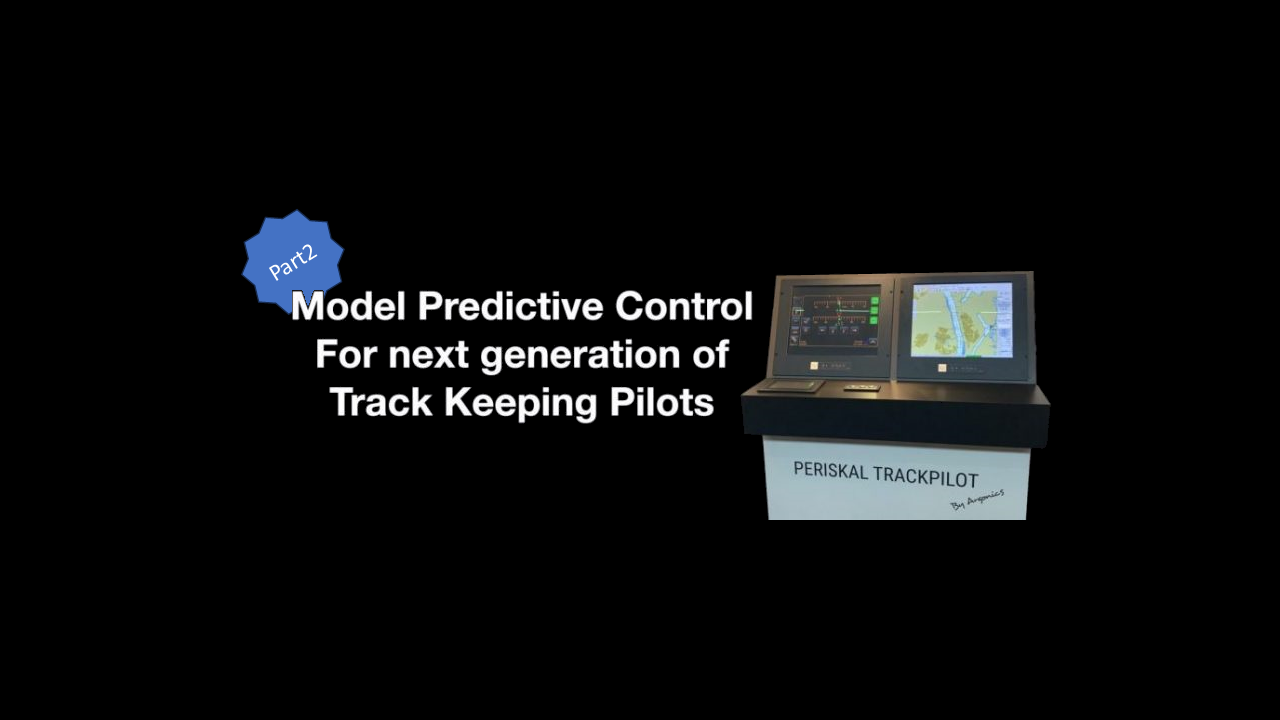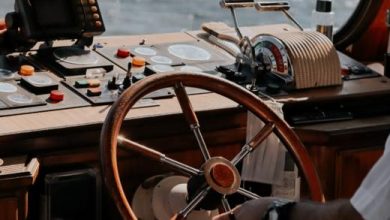Ship Hydrodynamics in Inland Waterways

Inland waterways play a critical role in transportation, serving as a sustainable and energy-efficient mode that contributes to emission reduction. A key aspect of efficient and safe navigation on these waterways is a deep understanding of ship hydrodynamics – the science that governs the interaction between ships and the water they traverse. In this blog, we will discuss the major effects of inland waterways on ship hydrodynamics.

Figure: Vessel Trition in canal [1].
1. Shallow water
Unlike the commercial ships in ocean, inland vessels will inevitably be sailing on shallow waterways. The reduced clearance between the vessel’s hull and the riverbed induces additional friction and drag, this can slow down the ship and require more power to maintain a desired speed. Besides, the ship’s forward motion generates a pressure difference between the bow (front) and stern (rear) of the vessel. This pressure difference causes water to flow underneath the ship, creating a downward force that effectively “sucks” the ship downward into the water, which can cause the obvious risk of grounding under extreme shallow water condition [2]. Therefore, vessels must ensure they have adequate clearance between their keel and the riverbed to avoid grounding.

Figure: Squat effect in shallow water (source: MySeaTime).
2. Bank effect
As a ship moves near the banks of a waterway, the water flow is constricted between the ship’s hull and the bank. This constriction leads to a pressure difference between the inner and outer sides of the ship, creating hydrodynamic forces that influence the vessel’s behaviour, which can pose additional resistance on the ship hull, as well as a yawing moment to rotate the ship bow towards the centre of the waterway, so-called bank effect [3]. The bank effect can influence the ship’s manoeuvrability, making turns and course-keeping more challenging. To maintaining the ship course along the riverbank, the control algorithm for rudder action must be carefully investigated to compensate the lateral force and bow-out moment.

Figure: Squat effect in shallow water (source: MySeaTime).
Autonomous vessels on inland waterways encounter a series of challenges and opportunities that redefine maritime navigation. The shallow water, narrow fairways, varying water levels, and complex hydrodynamics demand a higher level of adaptability and sophistication in autonomous systems. As an Early-stage Researcher within the AUTOBarge project, I am focusing on the ship hydrodynamics and energy efficiency, developing ship energy models and manoeuvring algorithms to investigate the vessel performance on confined inland waterways.
An article by Chengqian Zhang
References
[1] https://tankmatch.com/en/ship/tms-otter
[2] Raven H. A new correction procedure for shallow-water effects in ship speed trials. InProceedings of the 13th International Symposium on PRActical Design of Ships and Other Floating Structures PRADS 2016 Sep.
[3] Lataire E, Vantorre M, Delefortrie G. The influence of the ship’s speed and distance to an arbitrarily shaped bank on bank effects. Journal of offshore mechanics and arctic engineering. 2018 Apr 1;140(2):021304.





